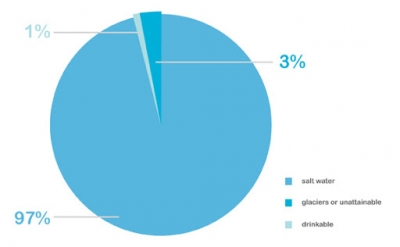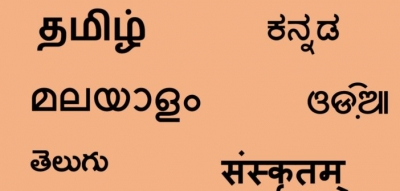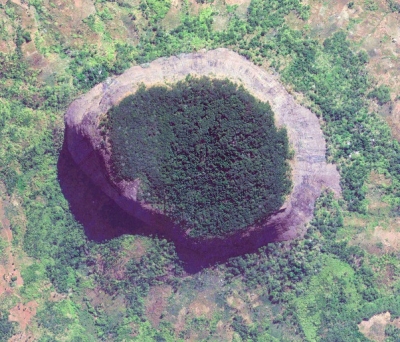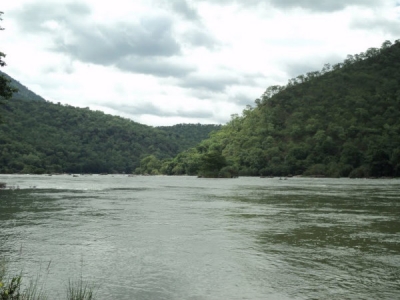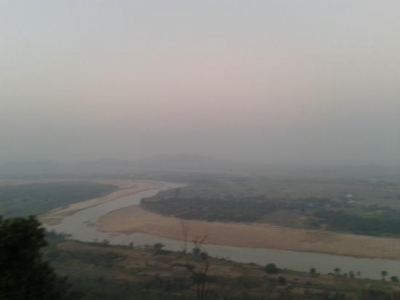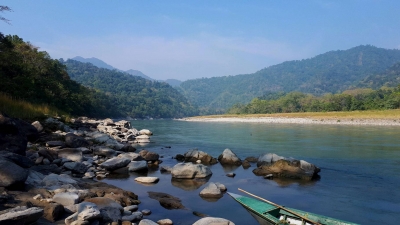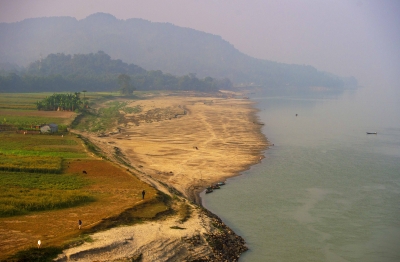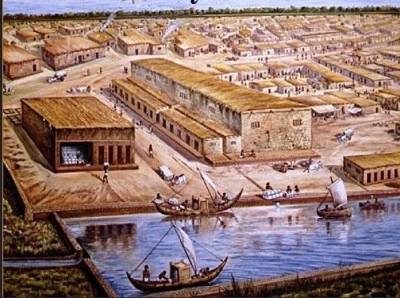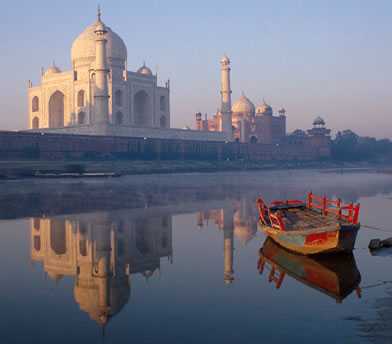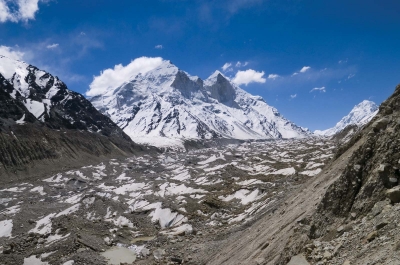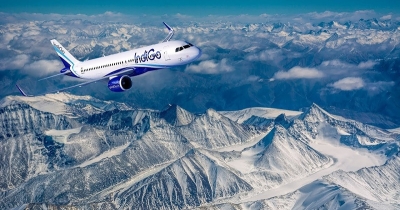
Not only the Himalayas but planes don't fly directly over the Pacific ocean too. They instead choose alternative paths for flying even if they have to cover a longer distance.(ie. flight paths are curved towards the pole instead of a straight line across the Pacific).
So first and the foremost reason is the height of Himalayas.
If we talk about the Himalayas, all the peaks of Himalayas is more than 20,000 feet high which are not suitable for the commercial airplanes to fly as they fly over 30,000 feet to avoid all weather related disturbances whose centre is stratosphere. In stratosphere no weather related disturbances occur and it’s the most suitable for the airplanes to fly.
There are also other important reasons :-
No scope for emergency landing.
They avoid flying over the Pacific Ocean and opt for curved routes because the curved routes are safer as airlines then fly over the land than the ocean. Therefore they spend less time over the ocean, allowing for emergency landings. Emergency landing is done on a flat land. Moreover the Himalayan regions are also not safe for emergency landings as the region has no flat surfaces. Additionally the risk factor also increases as there are mountains everywhere.
2. All weather related events occur in troposphere and the height of troposphere ranges upto 20 km from lithosphere. In troposphere the weather is not suitable for the airplanes to fly because changing weather patterns have a negative impact on the flight of airplanes and there are chances of occurrence of unfortunate events.
3.Another important reason why commercial airplanes don’t fly over the Himalayas is that the Indian Air Force and the People’s Liberation Army Air Force conduct training sessions in the region. They restrict commercial airlines from flying above them.
4. There is also a risk of oxygen running out in these areas as airlines usually have only 20 min of emergency oxygen. So in a situation where the supply runs out, the flight must descend to at least 10,000 feet to replenish oxygen, which is known as Drift Down Procedure. But in Himalayas, descending to 10,000 feet is suicide.
5. They have to overcome the weather related disturbances and there is also scarcity of oxygen. Additionally on the peaks of the Himalayas, air turbulence is also abnormal which affects the speed of airplanes and even the passengers may face discomfort due to the scarcity of oxygen.
6. The Himalayan region is scarcely populated due to which Navigation Radar Service can be barely found and the pilots face difficulties in establishing a connection with the ground and in case of any emergency the pilot will not be able to seek any help due to poor Navigation Radar Service. So the pilots find it better to opt for alternative instead of flying over the Himalayas and the Pacific Ocean.
7. And this one is interesting :(Flat maps)
The main reason flight don’t go over the Pacific Ocean is because curved routes are shorter than straight routes.
Flat maps are confusing as the earth itself isn’t flat.
As a result the straight routes don’t offer the shortest distance. You can verify this by conducting a small experiment using a globe. Identify two locations such as the US and the Middle Asia, and then connect a piece of string directly between these two areas to mimic a straight route. Use a marker to highlight the distance . Then similarly measure a curved path. Assuming that you followed the above mentioned steps correctly, you will discover that the curved route is physically shorter than the straight route.
If you are still not convinced here is another logical reason :
Airplanes follow a geodesic curve while flying. Geodesic means the shortest distance between the points in terms of constant velocity. If there is an airport where you have to reach and the airplane hops at one airport on the way, then there is also an airport nearby with the same distance from your destination. All airplane routes are planned based on this geodesic curve but the Himalayan region and the Pacific Ocean region lacks airports.
So now you must be having a clear idea that it is not a mystery that airplanes do not fly over the Himalayas and the Pacific Ocean but it is the scientific reasons which make it impossible and doesn’t allow airplanes to fly over the Himalayan and the Pacific region.
Credit : Quora
Picture Credit : Google
